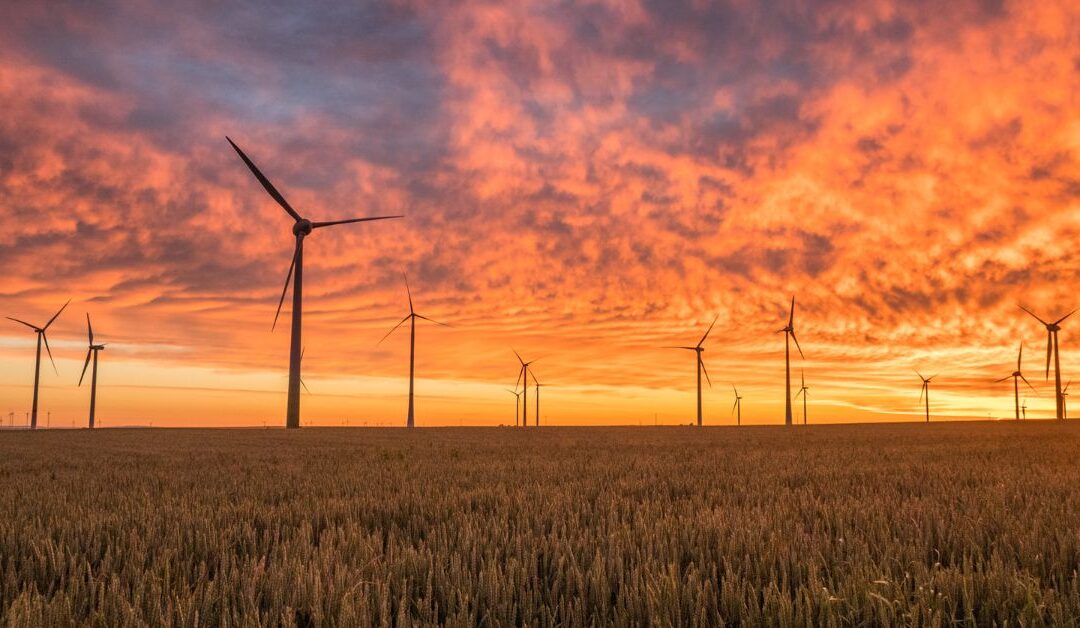Necessary Adjustments?
Compiled by Ross Thrasher
Just Transition
Sometimes the transition to clean energy runs into opposition from unexpected sources. The January 2023 issue of Harper’s Magazine contains an article by Hillary Angelo entitled “Boomtown: a solar land rush in the West”. Here are some quotes:
Meeting energy needs with solar panels or wind turbines will require much more surface land than coal mines or oil rigs…. Early in 2022 the [US federal] administration set a goal of producing 25 gigawatts of renewable energy on public land by 2025 … by offering utilities and energy developers cheap leases so projects can be built quickly and at large scale…. This strategy reflects a progressive view of public land as a source of green jobs and of locations for large-scale wind, solar and geothermal projects…. The agenda has found bipartisan support in Nevada, where 85% of land is publicly owned…. The plan is to produce energy both for in-state consumption and for export to households in Los Angeles and tech companies in Silicon Valley…. This model of centralized energy generation and long-distance transmission … provides a way of indirectly addressing species and habitat loss by mitigating the effects of climate change.
This would appear to be a wise use of sparsely populated desert land. However:
Across the region, a handful of tribes, environmental organizations and activists … see the destruction of habitat and sacred sites as a dismissal of the ecological value of arid lands and the communities that live in them on the part of coastal policy-makers and energy consumers…. From this perspective, the climate crisis appears to be offering a new warrant for an old paradigm: the government-sanctioned sacrifice of public land for private profit…. The solar rush all too closely resembles the injustices of prior public land rushes: gold and gas, grazing and logging, railroads and electric utilities.
Given that a rapid transition to zero-carbon energy options is vital to stave off catastrophic climate change, what is the alternative to using public lands?
So-called disturbed lands — unreclaimed brownfields, defunct mining sites, and fallowed agricultural fields, or even canals, parking lots and highway medians — are all places where solar panels, substations and transmission lines could be built…. The ideal scenario for the country’s transition to renewables [could be] orderly construction along designated transmission corridors, the use of both rooftop and utility-scale sources, and the prioritization of disturbed lands.
New Research
“Electric shock” by Nina Lakhani, in the February 3, 2023 issue of the Guardian Weekly, reports on new research by the Climate & Community Project and UC Davis.
The global demand for lithium is predicted to rise more than 40 times by 2040, driven predominantly by the shift to electric vehicles…. Unless the US’s dependence on cars in towns and cities falls drastically, the transition to lithium-battery-powered electric vehicles by 2050 will deepen global environmental and social inequalities linked to mining…. But ambitious policies investing in mass transit, walkable towns and cities and robust battery recycling would slash the amount of extra lithium required by more than 90%.
Transportation is the biggest source of carbon emissions in the US, making it crucial to phase out gas and diesel vehicles as quickly as possible. Lithium deposits are abundant but … most forecasters predict a supply crunch in the next five to ten years…. Expanding mass transit systems would improve pedestrian safety and air quality, generating health and economic benefits.
Profitable Petroleum
Petroleum production remains an extremely profitable enterprise, according to “Big oil’s new map” in the February 11, 2023 issue of The Economist.
The world’s biggest private-sector oil companies — America’s ExxonMobil and Chevron, Britain’s BP and Shell, and France’s TotalEnergies … raked in around $150 billion in profits last year and could make as much again in 2023…. After several years of repressed investment in oil and gas, the result of pandemic-induced demand destruction and climate-related policy hostility, big oil is once again spending to find oil and dig it out of the ground.
Worldwide upstream capital expenditure for the industry … was around $450 billion last year…. This year it may be higher still. Most of it is going into “short-cycle” investments, which generate a return within five years rather than ten or more…. This quest for efficiency means fewer risky bets in inhospitable places like the Arctic or the deep ocean floor and more projects in familiar jurisdictions with less daunting politics and geology.
But there is some good news for the climate in oil-company strategies for the future:
The European firms are responding to growing pressure from consumers, policymakers and investors to start decarbonizing their portfolios … [striking deals] to develop green hydrogen from renewable sources … [and] “renewable” natural gas made from things like agricultural waste…. In 2030 the European majors could, all told, be spending roughly half their capital expenditure on low-carbon initiatives.
Continue reading from GTEC’s Communication & Media here (formally GTEC Blog)!

